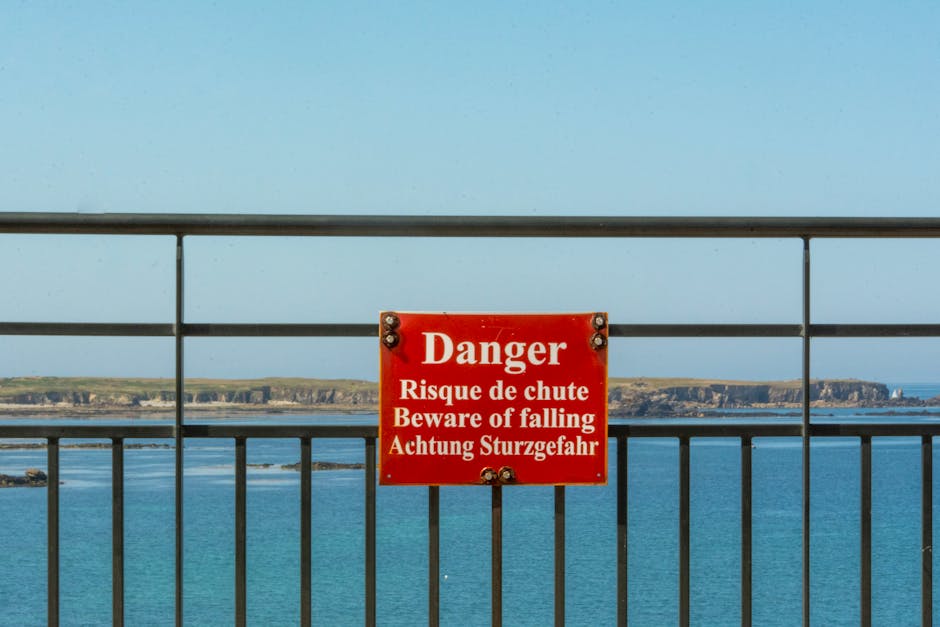Introduction
Two pressing issues dominate today’s headlines: the escalating danger of falling space debris and the viral spread of conspiracy theories. One poses a physical threat, while the other undermines public trust. Here’s a breakdown of both challenges and actionable solutions.
The Growing Danger of Space Debris
Earth’s orbit is overcrowded with defunct satellites, spent rockets, and fragments from collisions—over 128 million debris pieces, with 36,500+ larger than 10 cm tracked. As re-entry incidents rise, so do risks to life and infrastructure.
Key Incidents
- 2022: A 23-ton Chinese rocket booster crashed into the Indian Ocean.
- 2023: SpaceX Dragon debris landed on an Australian farm.
Why It Matters
While injury odds are low, the surge in satellite launches (e.g., SpaceX’s Starlink, Amazon’s Kuiper) heightens collision risks. Unchecked, this could trigger Kessler Syndrome—a chain reaction of collisions rendering orbits unusable.
Solutions in Progress
- Active Debris Removal (ADR): Companies like Astroscale develop tech to capture and deorbit junk.
- Global Guidelines: UN protocols urge responsible satellite disposal.
- AI Tracking: Enhanced systems predict re-entry paths to warn vulnerable areas.
Pro Tip: The odds are slim, but staying informed matters—report debris sightings to local authorities.
How to Debunk Conspiracy Theories
Misinformation spreads rapidly, but evidence-based strategies can counter it.
1. Understand Why They Spread
Conspiracies thrive on uncertainty, offering simplistic narratives during crises (e.g., pandemics, political upheavals).
2. Debunking Tactics
- Common Ground: Start with shared values (e.g., public safety).
- Critical Questions: Ask, “What evidence would change your view?”
- Visual Proof: Use tools like NASA’s Apollo mission mirrors or infection-rate maps to disprove false claims.
3. Highlight Real-World Harm
- Anti-vax myths cause preventable deaths.
- Election fraud lies incite violence.
4. Promote Media Literacy
- Verify sources (e.g., peer-reviewed studies vs. blogs).
- Reverse-search images to spot fakes.
- Recognize emotional hooks like “The truth they’re hiding!”
Conclusion
Both space debris and conspiracy theories demand proactive solutions: better orbital policies and critical thinking skills. Staying informed—and teaching others to discern facts—is our best defense.
Stay curious, stay skeptical, and question wisely.




